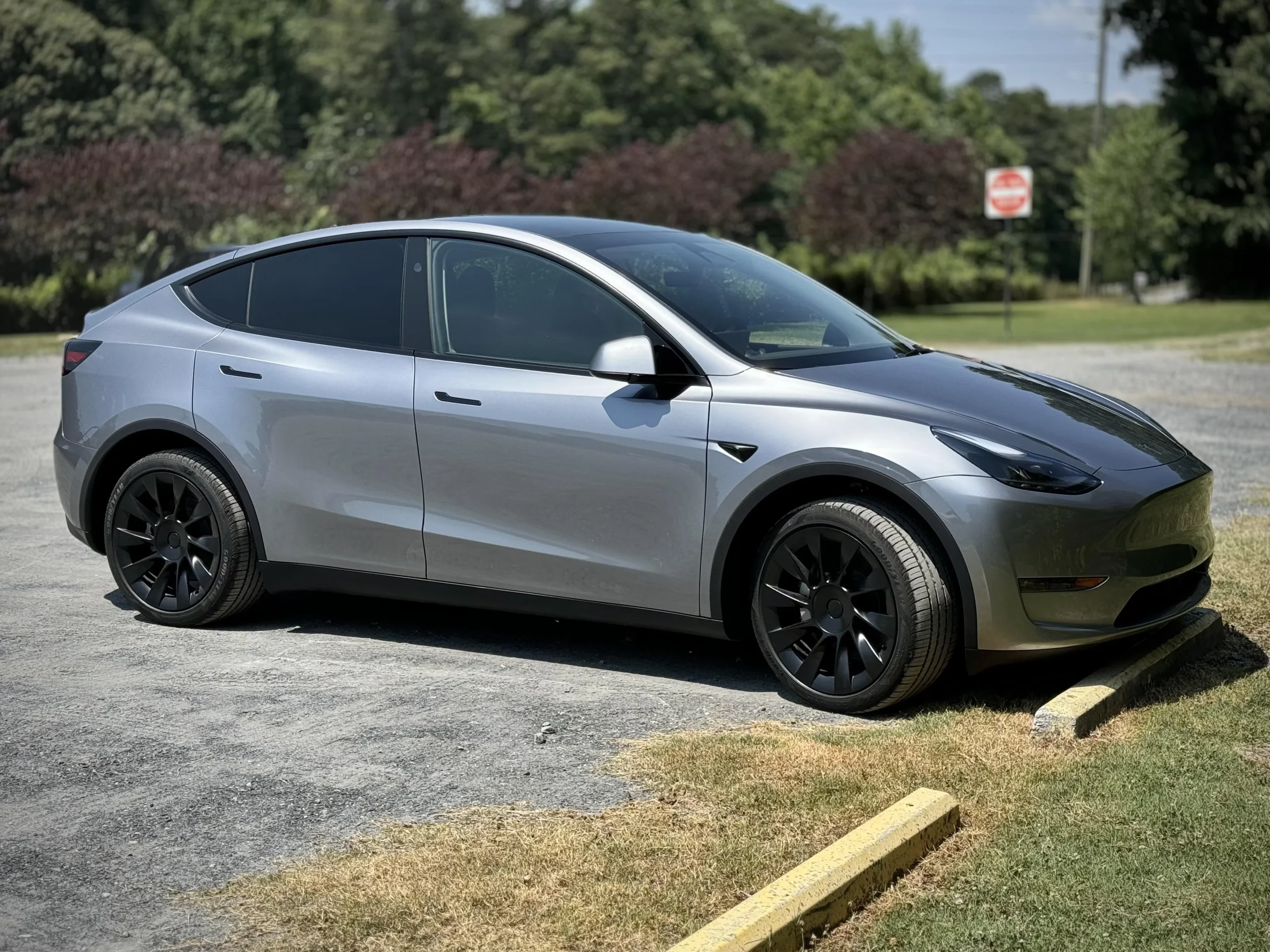Tinted windows enhance privacy, reduce glare, and keep interiors cooler. However, one common issue many car owners notice after installation is bubbling in the tint film. These bubbles can be frustrating because they affect both the appearance and performance of the tint.
But why does this happen? Let’s explore the main reasons tinted windows sometimes bubble and how to prevent it.
1. Air Trapped During Installation
One of the most common causes of bubbles is improper car window installation. If the tint film isn’t applied smoothly, air pockets can get trapped between the glass and the film. Over time, these air bubbles may expand, especially when exposed to heat.
2. Poor Quality Tint Film
Not all window tints are created equal. Cheap or low-quality films are more prone to bubbling because they often use weak adhesives. These adhesives break down faster, causing the film to lift from the glass and form bubbles.
3. Incomplete Adhesive Curing
After installation, tint adhesives need time to cure (set and bond properly). If the car is exposed to water, cleaning products, or rolling windows down too soon, the adhesive may not settle correctly, leading to bubbling.
4. Heat and Sun Exposure
Excessive heat can cause poor-quality adhesives to soften or break down. As the adhesive deteriorates, the tint may separate from the glass, creating bubbles. This is especially common in hot climates where cars are often parked under direct sunlight.
5. Contaminants on the Glass
If the window glass isn’t cleaned properly before installation, dust, dirt, or grease can prevent the tint film from sticking evenly. These tiny particles cause uneven bonding and eventually turn into visible bubbles.
6. Moisture Trapped Beneath the Film
During installation, water and solutions are used to position the tint correctly. If too much moisture is left behind or isn’t smoothed out, it may appear as bubbles. While some of these may disappear during the curing process, excess moisture can leave permanent marks.
7. Old or Worn-Out Tint
Over time, even well-installed tints can deteriorate. Aging adhesive begins to fail, causing bubbling, peeling, or cracking. If your tint is several years old, bubbling may be a sign that it’s time for a replacement.
How to Prevent Tint Bubbles
- Choose professional installation instead of DIY kits.
- Use high-quality tint films such as ceramic or nano-ceramic.
- Clean glass thoroughly before installation.
- Allow proper curing time—avoid rolling down windows or cleaning for at least a few days.
- Park in shaded areas to reduce sun damage.
Final Thoughts
Tint bubbles are usually caused by poor installation, low-quality materials, or adhesive issues. While small moisture bubbles may disappear during curing, large or persistent bubbles are a sign of bad tint film or improper application.
The best way to avoid bubbling is to invest in quality tint and professional installation, ensuring long-lasting performance and a sleek finish.





